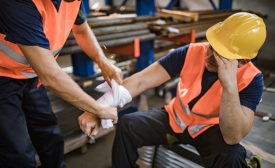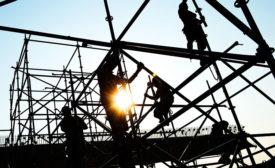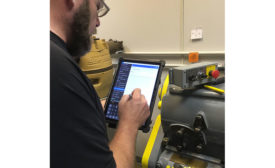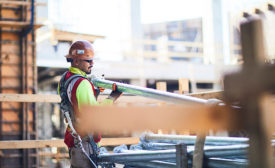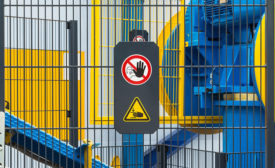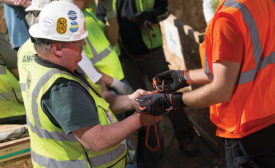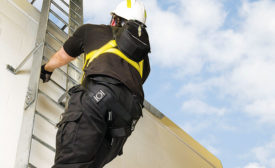Home » Keywords: » American National Standards Institute
Items Tagged with 'American National Standards Institute'
ARTICLES
2020 Top Standards: ANSI/ISEA
ANSI/ISEA 121- Dropped object prevention solutions
January 1, 2020
Machine risk assessments vs. safeguarding assessments
Securing your workplace
January 1, 2020
What you should know about voluntary standards
The focus is on performance & guidelines
September 9, 2019
2019 top standards- OSHA Most Frequently Violated Standards
OSHA machine guarding standard
OSHA’s machine guarding standard was the ninth-most-frequently cited agency standard in FY 2018.
January 1, 2019
2019 top standards- Global Standards
ANSI-ASSP Z10 safety and health management system standard
December 20, 2018
Get our new eMagazine delivered to your inbox every month.
Stay in the know on the latest safety trends.
SUBSCRIBE TODAYCopyright ©2024. All Rights Reserved BNP Media.
Design, CMS, Hosting & Web Development :: ePublishing
